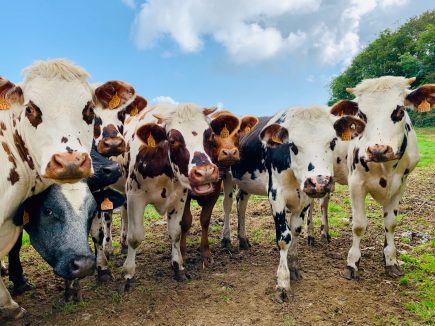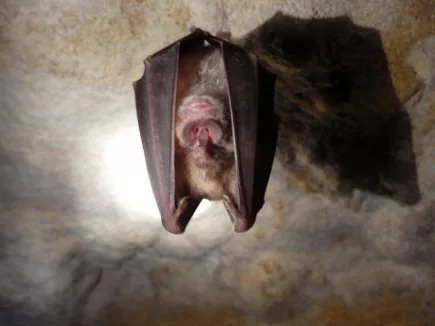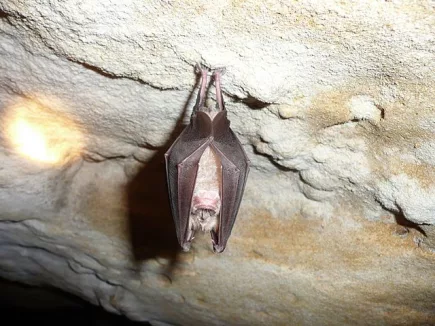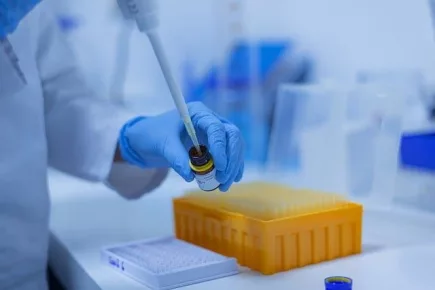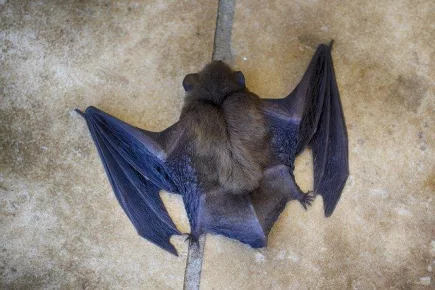Tag: bat
Australia: study shows that coronavirus was very well adapted to infect humans – cats, dogs and cows also susceptible
Australian scientists have described how they used high-performance computer modelling of the form of the SARS-CoV-2 virus at the beginning of the pandemic to predict its ability to infect humans and a range of 12 domestic and exotic animals. More...
China: Zhengli & Daszak – Human-animal interactions and bat coronavirus spillover potential among rural residents in Southern China
Zhengli & Daszak study, September 2019 – “We conducted a cross-sectional study in the districts of Yunnan, Guangxi, and Guangdong, China… Serological testing of serum samples from 1,497 local residents revealed that 9 individuals (0.6%) in four study sites were positive for bat coronaviruses, indicating exposure at some point in their life to bat-borne SARSr-CoVs (n=7, Yunnan), HKU10-CoV (n=2, Guangxi), or other coronaviruses that are phylogenetically closely related to these. More...
India: Shi Zhengli, October 2019 – Filovirus antibodies in humans and bats imply zoonotic spillover
India, October 2019, Zhengli Shi et al: “We present evidence for prior exposure of bat harvesters and two resident fruit bat species to filovirus surface glycoproteins… Our results indicate circulation of several filoviruses in bats and the possibility for filovirus transmission from bats to humans. More...
Novel coronavirus discovered in British bats
A coronavirus related to the virus that causes Covid-19 in humans has been found in UK horseshoe bats – according to new collaborative research from the University of East Anglia, ZSL (Zoological Society of London), and Public Health England (PHE). More...
“Gain of Function research hasn’t protected us from this outbreak, hasn’t provided us with any effective treatments or vaccines to save hundreds of thousands of lives lost to CoV2, and if there is even a 0.1% chance GOF research caused the whole thing, that chance is too high”
Lab-Made? SARS-CoV-2 Genealogy Through the Lens of Gain-of-Function Research
CoV2 is an obvious chimera (though not nesessarily a lab-made one), which is based on the ancestral bat strain RaTG13, in which the receptor binding motif (RBM) in its spike protein is replaced by the RBM from a pangolin strain, and in addition, a small but very special stretch of 4 amino acids is inserted, which creates a furin cleavage site that, as virologists have previously established, significantly expands the “repertoire” of the virus in terms of whose cells it can penetrate. More...
Bats in Thailand found with coronaviruses similar to Sars-cov-2
Horseshoe bats carrying coronaviruses very similar to the one that causes Covid-19 have been found in Thailand
The study found a coronavirus in the horseshoe bat Rhinolophus acuminatus in Thailand that was 91.5 per cent similar to Sars-CoV-2, the virus that causes Covid-19. More...
A novel SARS-CoV-2 related coronavirus in bats from Cambodia
Here we describe the identification of SARS-CoV-2 related coronaviruses in two Rhinolophus shameli bats sampled in Cambodia in 2010. More...
Did a review of virus samples collected from a Chinese mine cause the coronavirus pandemic?
This research examines the activity at the Wuhan Institute of Virology in late 2019, when samples from a mineshaft associated with a suspected SARS outbreak were being reviewed. More...
Relatives of pandemic coronavirus found in labs in Cambodia and Japan
Coronaviruses closely related to the pandemic coronavirus discovered in Japan and Cambodia
The viruses, both found in bats stored in laboratory freezers, are the first SARS-CoV-2 relatives to be found outside China. More...
